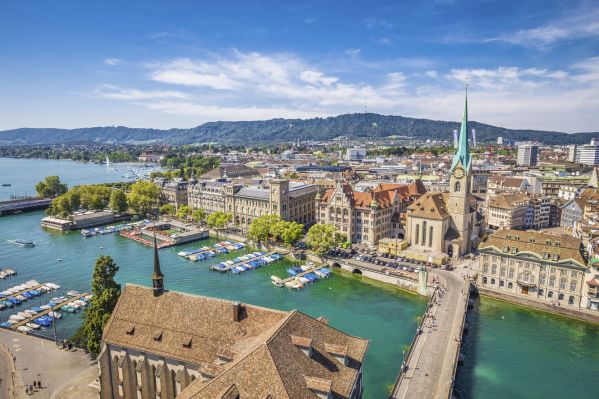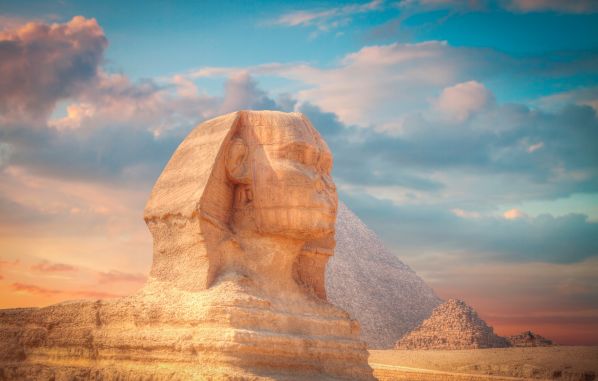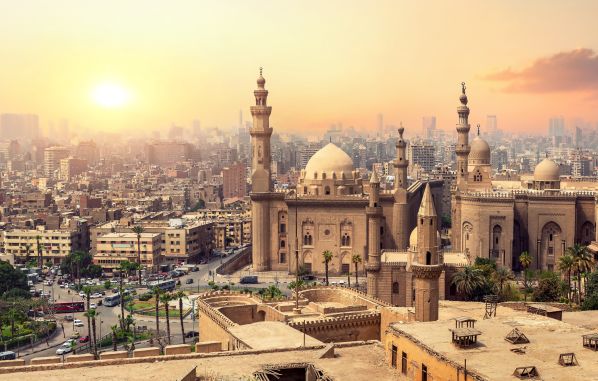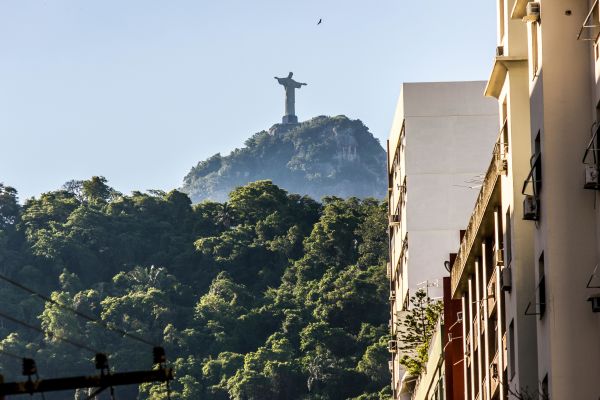Special 7 wonders of the world: The Colosseum of Rome, from the 1st to the 21st century

When discussing wonders that have transcended the centuries , the Colosseum in Rome holds a prominent place, not only on the official list of the 7 wonders of the modern world , but also in the hearts of those who visit the Eternal City . From the 1st century to the present day.
This majestic amphitheater , witness to gladiatorial battles , hunting spectacles , and epic dramas , is a bridge between history and the present day. Why is this architectural gem on every traveler 's bucket list?
The construction of the Colosseum
The year 70 AD marked the beginning of a monumental project initiated by Emperor Vespasian , founder of the Flavian dynasty . With a capacity for over 50,000 spectators , the Colosseum , originally called the Flavian Amphitheater , was conceived as a gift to the Roman people , a space for entertainment that demonstrated the power of Rome .
Built in a record time of eight years , its design is a testament to the engineering skill of the Romans: an oval structure 189 meters long , 156 meters wide and 50 meters high , with a system of arches and vaults that still amazes architects around the world today.

For more than four centuries , the Colosseum was the epicenter of public life in Rome . Blood and glory mingled in gladiatorial combats , while the roar of the crowd filled the air. Naumachiae ( mock naval battles ) were also staged, simulated by an ingenious system that flooded the arena —all part of the "bread and circuses" designed to entertain the masses.
Although some of the shows of that era are considered brutal , at the time they represented the grandeur and sophistication of civilization in the first century .
The impact of the fall of the Roman Empire
With the fall of the Roman Empire in the 5th century , the Colosseum faced a period of neglect and decay . During the Middle Ages , it was looted and used as a quarry for other buildings, including St. Peter's Basilica in the Vatican . However, the structure withstood the ravages of time and earthquakes , becoming a symbol of resilience .
In the 18th century , Pope Benedict XIV declared it a sacred site in honor of the Christian martyrs who, according to tradition, met their deaths in its arena . This decision marked the beginning of an effort to preserve the Colosseum as a cultural heritage site.

Declared a World Heritage Site by UNESCO in 1980 along with the historic center of Rome and selected as one of the 7 wonders of the modern world on July 7, 2007 in the New7Wonders competition, this amphitheater continues to be a source of inspiration for travelers , artists and historians .
The Colosseum today
Today, the Colosseum is not only an emblem of Rome , but also a global symbol of humanity's cultural heritage . Every year, more than 7 million visitors pass through its arches to marvel at its grandeur and explore its secrets .
With the support of restoration projects and advanced technology, such as digital recreations and virtual tours , the Colosseum continues to evolve, adapting to the expectations of a contemporary audience while keeping its historical essence alive.

In popular culture , the Colosseum has been a part of the film industry, from movies like " Gladiator " to documentary series; the Colosseum has been a source of inspiration for countless productions . Furthermore, its image appears on coins , stamps , and advertising campaigns that celebrate Italy's rich cultural heritage .
If you're still not convinced to include the Colosseum on your travel list, here are some reasons:
- Immerse yourself in history : Walking through the arena and underground passages transports you back to the time when Rome ruled the known world.
- Unforgettable photographs : The majesty of the Colosseum , especially at dawn or dusk , offers the perfect setting to capture unforgettable memories.
- Connection with Roman culture : Together with the Roman Forum and the Palatine Hill , the Colosseum is part of a circuit that tells the story of Rome from its origins to its imperial apogee .
Information for visiting the Colosseum
- Opening Hours : Open every day of the year except December 25th and January 1st . Hours vary depending on the season, so it is recommended to check before your visit.
- Tickets : Combined tickets are available that include access to the Roman Forum and Palatine Hill. Book in advance to avoid long lines.
- Guided tours : There are tours that offer a deeper context, including access to restricted areas such as the underground levels and the third floor .

Dare to explore the arches , feel its history , and be captivated by the immensity of the Colosseum ? This wonder of the 1st century awaits you, ready to reveal its secrets and remind you, in the 21st century , that greatness never fades despite the passage of time.
You might also be interested in: 6 best destinations in the world to spend New Year's




















